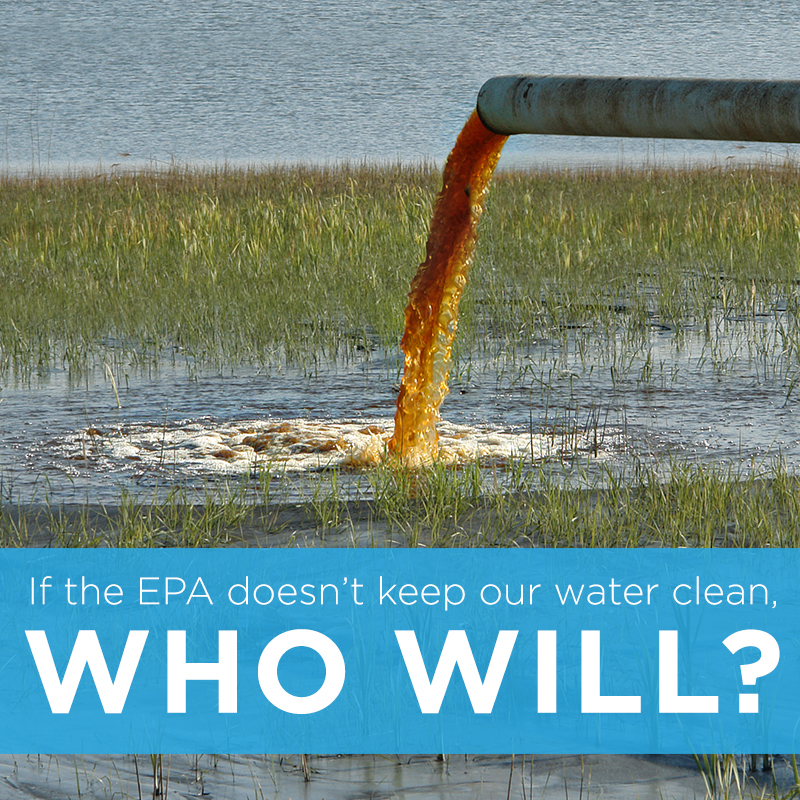Listen to experts and report authors discuss the rule here.
Fossil-fuel burning power plants discharge at least 5 .5 billion pounds of pollution into rivers, streams, lakes and bays each year. Coal-burning plants in particular discharge some of the most dangerous heavy metals on earth, including arsenic, cadmium, chromium, lead, mercury and selenium.
Power plant wastewater has contributed to over 23,000 miles of contaminated rivers, fish too polluted to eat in 185 bodies of water, and the degradation of 399 water bodies that are used as public drinking water sources.
In September 2015, the U.S. Environmental Protection Agency (EPA) will issue new regulations to reduce toxic pollutants in power plant wastewater, which will produce enormous benefits to human health and the environment. This report discusses the health benefits the new rules could achieve by eliminating toxic power plant water pollution and examines EPA’s estimate of the monetary value of these benefits. The report finds:
EPA’s water toxics rule will reduce risks of cancer and neurological damage, especially to the developing brains and nervous systems of children.
- Power plants discharge tens of thousands of pounds of cancer-causing pollutants into waterways each year, including arsenic, which is known to cause cancers of the lung, kidney, bladder, skin and other organs, and hexavalent chromium, which can cause stomach cancer. These carcinogens contaminate water used for fishing and swimming, and enter drinking water supplies .
- Power plants discharge dangerous neurotoxins including lead and mercury. Lead can reduce IQ, affect mental development, and cause hyperactivity and behavioral and attention deficits. Mercury is capable of causing profound and permanent developmental and neurological delays to babies exposed in utero. The most common pathway of exposure is the mother’s consumption of mercury-contaminated fish.
EPA underestimated the monetary value of the rule’s positive benefits by a large margin.
EPA estimated the monetary value of three specific human health benefits anticipated from the proposed rule . It calculated those benefits would be worth—if the rule were implemented in its stronger forms—between $14 and $20 million per year . However, EPA’s estimate disregards multiple other benefits to human health that would result from the rule, such as those associated with reducing:
- risks likely to persist in drinking water, even after treatment, both near power plants and further downstream;
- the greater-than-recognized cancer risk from arsenic exposure through drinking water and fish consumption, due to EPA’s reliance on an outdated assessment of arsenic’s cancer potency;
- the full range of possible harm from downstream consumption of contaminated fish, including the effects of exposure to lead after age seven and to mercury after birth, other neurological impacts besides loss of IQ, and risks from other neurotoxins discharged by power plants; and
- the full, cumulative health and environmental impacts suffered by communities adjacent to and downstream of the plants.
EPA’s estimate also leaves out the many benefits to human and ecological health that cannot readily be monetized.
A full accounting of the human health benefits unambiguously justifies a stringent rule.
- A comprehensive valuation of the human health benefits of the proposed rule would be far greater than the $14 to $20 million per year estimated by EPA . Taking into account the value of the many benefits not quantified by EPA, a strong final rule would create hundreds of millions of dollars in additional benefits every year.
- Human health will benefit. Water will be safer to drink, fish will be safer to eat, fewer people will develop cancer, fewer children will experience neurological damage, and the toxic burden on vulnerable communities, including communities of color and low-income communities, will be reduced.
- The rule will contribute immense, if un-monetized, additional benefits in the form of clean and healthy watersheds.
- These benefits will be achieved only if EPA finalizes the rule in a robust form that requires the elimination of nearly all toxic discharges from coal-fired power plants.

